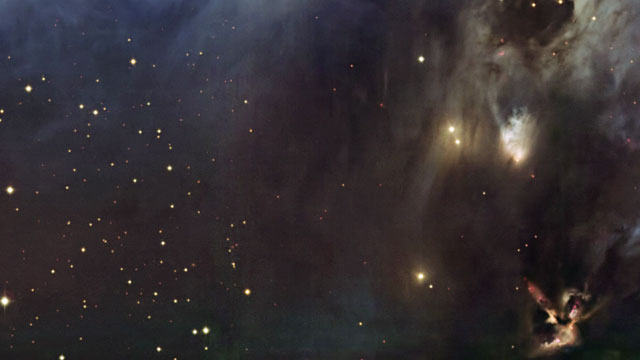These days the branch of astronomy devoted to the discovery and study of exoplanets (planets that orbit stars beyond our sun) is undergoing an explosion of sorts as new worlds are being discovered at a prodigious rate.
Just a couple of weeks ago the team of astronomers using the
Kepler space telescope
announced the discovery of a solar system with six worlds and that they had over 1,200 more exoplanet candidates awaiting confirmation. Many more exoplanets have yet to be discovered by the Kepler and other teams, but if their early exoplanets are confirmed it implies that their may be well over a million Earth-like worlds in our galaxy alone.
Keeping current with this field is now officially a difficult task. Fortunately there is a handy, free app called
Exoplanet available for the iPhone & iPad that conveniently summarizes just about everything that is known about the exoplanets that have been discovered so far.
Upon opening the app, you'll be prompted if there is new data waiting to come over to your device. As of the last update to the database there are 528 known exoplanets.The app allows you to see data on the exoplanets and sort this data by any number of characteristics such as orbital period, mass, radius, discovery year and much more. You can even filter the data and combine search features. So if you want to sort the list by mass and only see exoplanets around G-class stars (like our own sun), you'll find that the smallest exoplanet discovered so far that orbits around a sun-like star is Kepler-11 f (one of the member of the six-world system illustrated near the top of this posting).
You can choose the exoplanet with a simple touch and a graphic like the one below (this time for Kepler-10 b) pops up that graphically displays the method of discovery (transit), the size of the world (relative to Earth, Jupiter, Uranus or Neptune), a star chart showing the location of the host star, and an orbital diagram that relates the orbit of the exoplanet to our own solar system. Touch any one of these and an expanded view slides into view. There is also actual data on the world and links to published scientific papers related to the world you are looking at.
From the main menu you can also find recent exoplanet news, basic information on exoplanets and how they are discovered. The app also has the ability to generate plots of data which you can then export to a PDF file. The Milky Way section plots the locations of exoplanets in our galaxy. You can zoom and tilt the view of the galaxy. I found the Milky Way plot to be the least useful tool within the app.
If you are interested in exoplanets or possibly looking for data to help draft a science fiction story this app is a worthy tool.
Exoplanet provides current and accurate information on exoplanets. I have been running it for some time on an iPhone 3GS and an iPad. The app is very easy to use and free. There is some hint in the app that a future update may make it ad supported. Currently there is a provision to "Remove ads for $0.99" even though there are no ads in the app yet. $0.99 isn't much of an investment to help support future releases. Check out the
developer's website for more information and a video of the app in use.
I plan on doing more reviews of astronomy apps. As you may have guessed, I am an IOS user so the reviews will be skewed to apps that are available for the iPhone and iPad.





